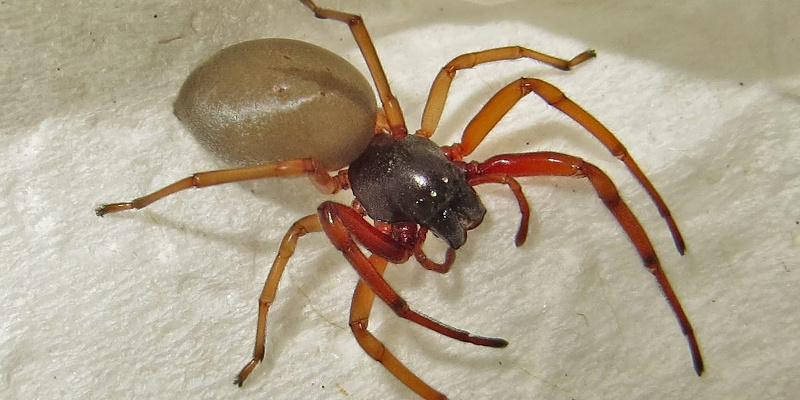
Spiders are predators that eat various other arthropods, usually smaller than themselves. Common prey includes crickets, flies, bees, grasshoppers, moths and butterflies. Spiders produce silk which they use to build webs, capture prey, float through the air (ballooning), and enclose their egg sac and line burrows. This unique material and its use in trapping prey are noteworthy characteristics of spiders. Mating rituals of spiders may be very elaborate.
Black Widow Spiders
Black widow spiders are most recognized for the red hourglass shape under their abdomen. This spider gets its name from the popular belief that the female black widow spider eats the male after mating, although this rarely happens. Black widows are poisonous when ingested during the first 17 days of their life.
Brown Recluse Spiders
Brown recluse spiders have a characteristic dark brown violin marking on their back. These spiders often infest cedar shake roofs and spin irregular webs, which are used as a retreat.
Common House Spiders
The common house spider is usually the spider most often encountered indoors. It is a nuisance pest, probably more because of its webs than the spider itself. The house spider is found worldwide.
Long-bodied Cellar Spiders
Long-bodied cellar spiders are commonly referred to as “daddy-long-legs” because of their very long, thin legs, and as their name implies, are found in dark and damp places like cellars and basements.
Wolf Spiders
Unlike most spiders, wolf spiders don’t hunt with webs. Instead, they chase their prey using their fast running ability. These spiders are often big and hairy which alarms some people, but they are primarily nuisance pests.
